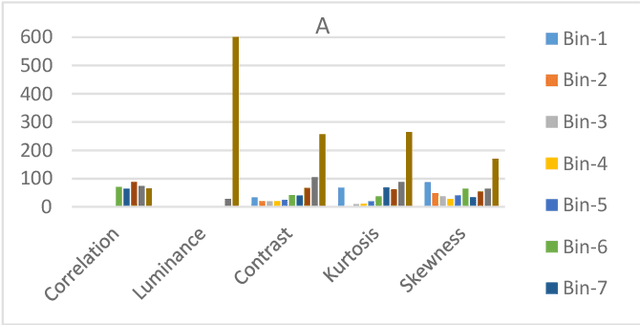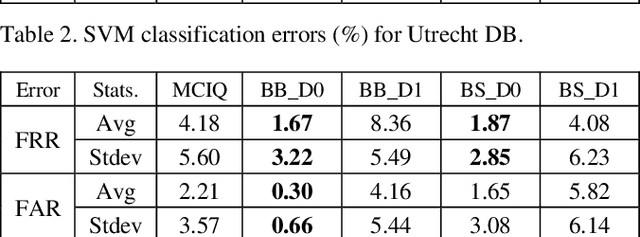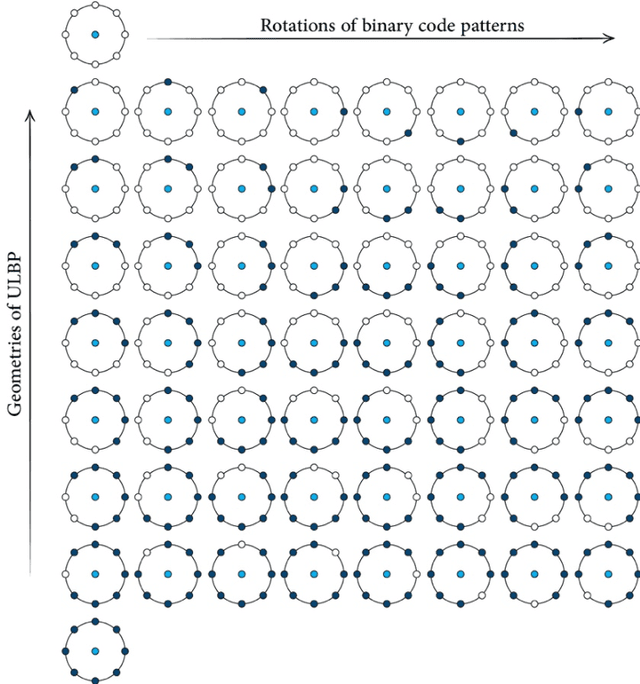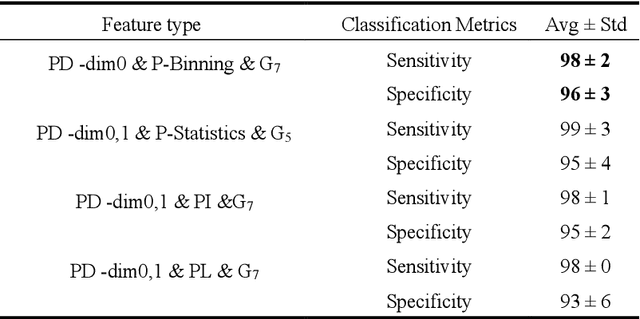Dashti Ali
Artificial Image Tampering Distorts Spatial Distribution of Texture Landmarks and Quality Characteristics
Aug 04, 2022



Abstract:Advances in AI based computer vision has led to a significant growth in synthetic image generation and artificial image tampering with serious implications for unethical exploitations that undermine person identification and could make render AI predictions less explainable.Morphing, Deepfake and other artificial generation of face photographs undermine the reliability of face biometrics authentication using different electronic ID documents.Morphed face photographs on e-passports can fool automated border control systems and human guards.This paper extends our previous work on using the persistent homology (PH) of texture landmarks to detect morphing attacks.We demonstrate that artificial image tampering distorts the spatial distribution of texture landmarks (i.e. their PH) as well as that of a set of image quality characteristics.We shall demonstrate that the tamper caused distortion of these two slim feature vectors provide significant potentials for building explainable (Handcrafted) tamper detectors with low error rates and suitable for implementation on constrained devices.
Persistent Homology for Breast Tumor Classification using Mammogram Scans
Jan 07, 2022



Abstract:An Important tool in the field topological data analysis is known as persistent Homology (PH) which is used to encode abstract representation of the homology of data at different resolutions in the form of persistence diagram (PD). In this work we build more than one PD representation of a single image based on a landmark selection method, known as local binary patterns, that encode different types of local textures from images. We employed different PD vectorizations using persistence landscapes, persistence images, persistence binning (Betti Curve) and statistics. We tested the effectiveness of proposed landmark based PH on two publicly available breast abnormality detection datasets using mammogram scans. Sensitivity of landmark based PH obtained is over 90% in both datasets for the detection of abnormal breast scans. Finally, experimental results give new insights on using different types of PD vectorizations which help in utilising PH in conjunction with machine learning classifiers.
 Add to Chrome
Add to Chrome Add to Firefox
Add to Firefox Add to Edge
Add to Edge